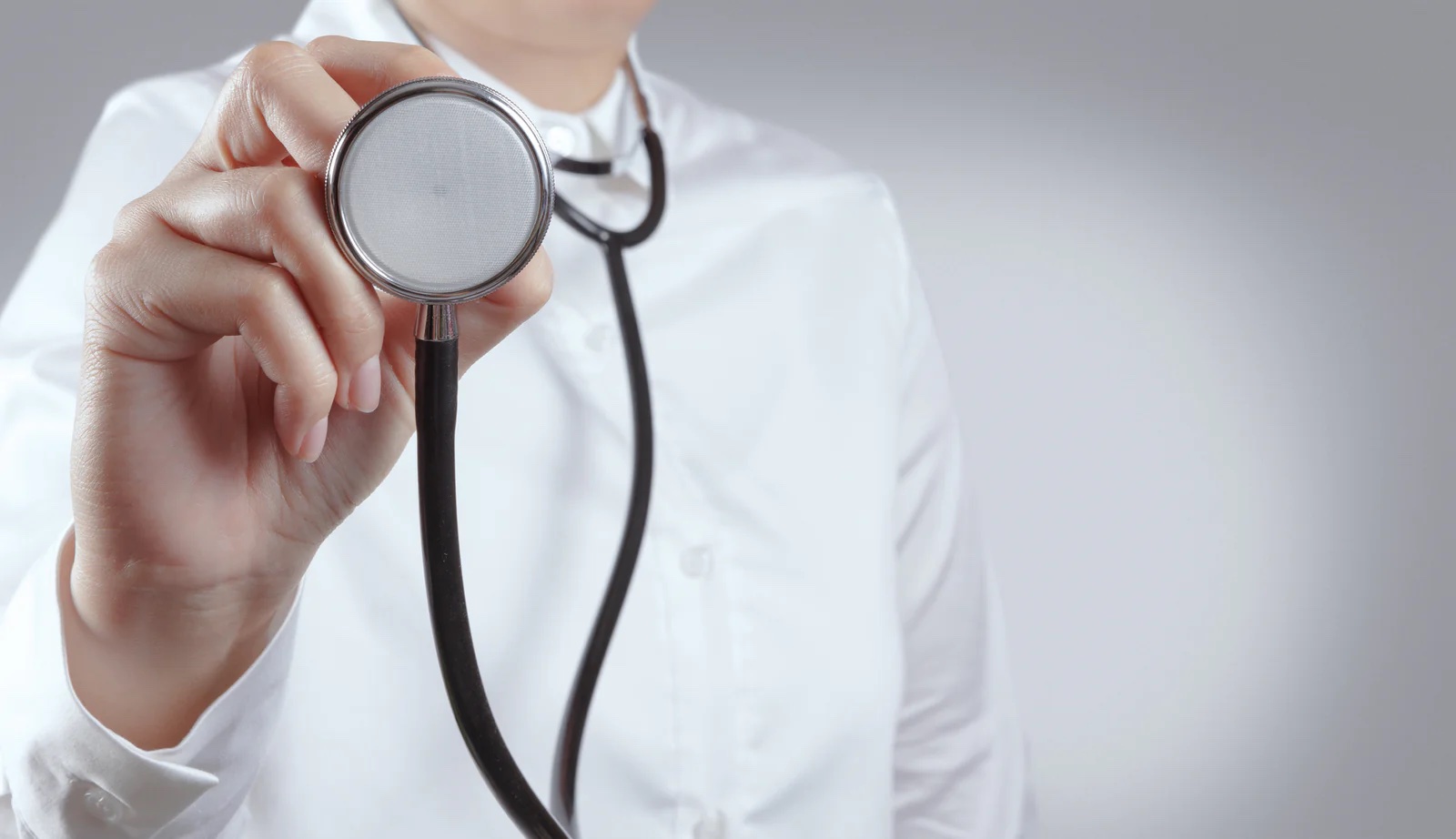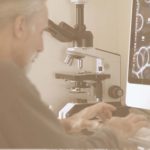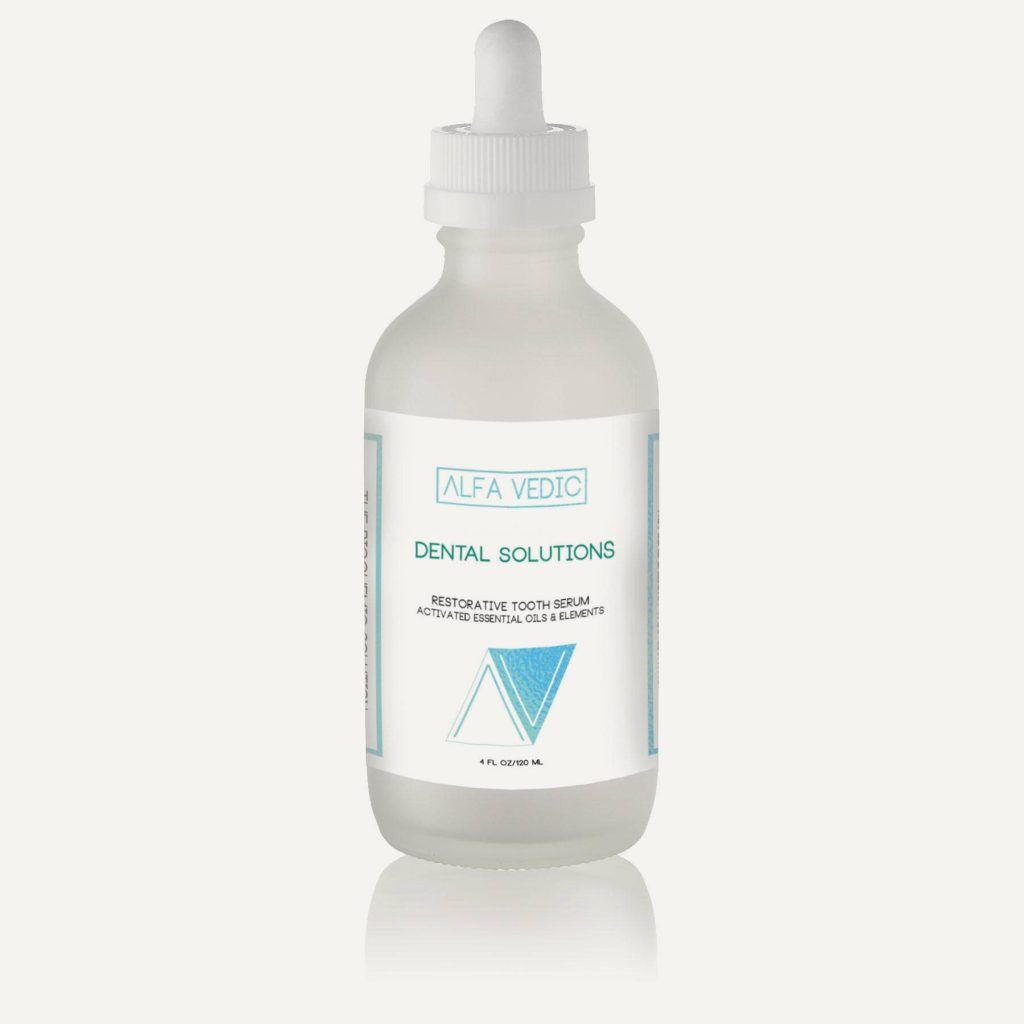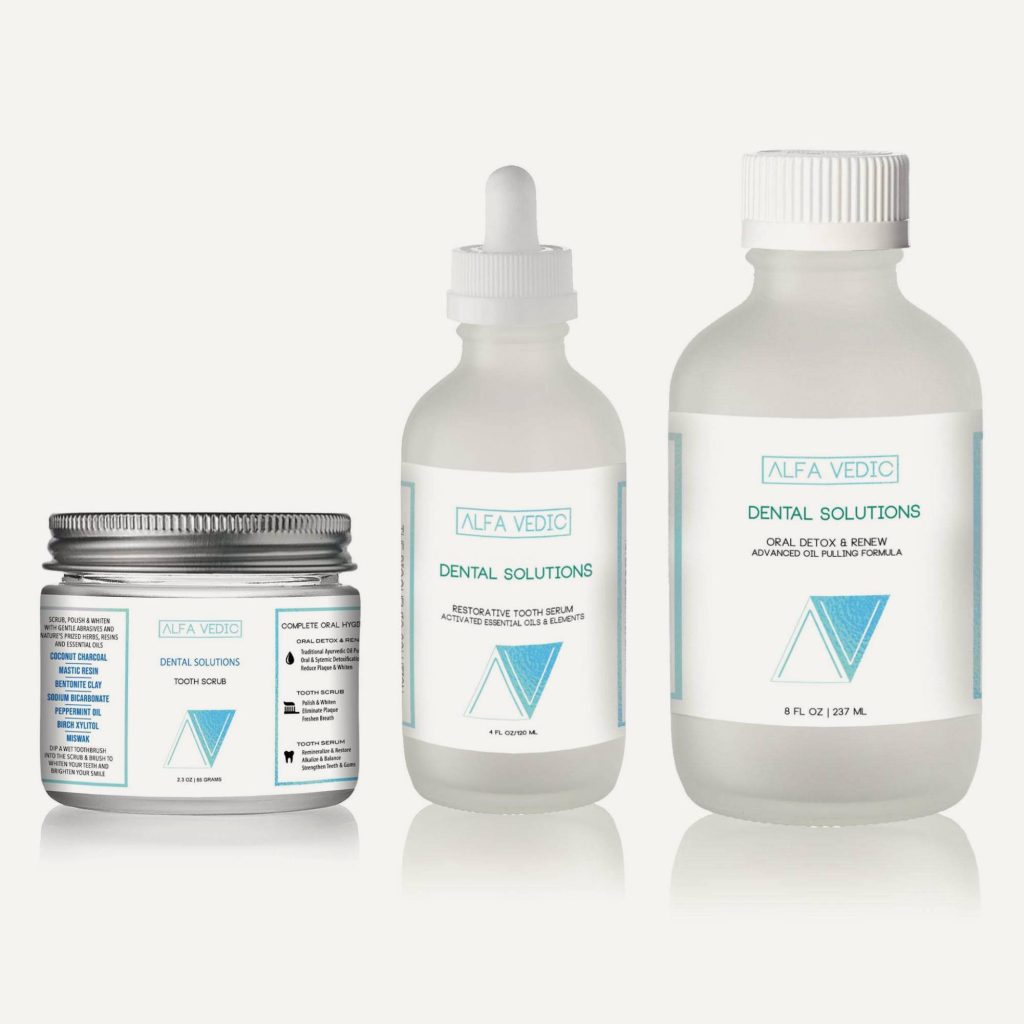
Doc’s Clinic Tips
There is a sharp contrast between the practice of ’Functional Medicine’ and the condoned... View more
Blood Pressure Exam
-
Discussion
-
Perhaps the most basic test to commence most medical exams is the taking of blood pressure. So what is gleaned from this procedure? You are informed WHAT your blood pressure is, and whether it falls within “normal limits”. An ‘alternative’ to the short-form blood pressure exam is as follows:
First off, ditch the digital equipment and use a stethoscope and sphygmomanometer! All tests are done in rapid succession:
1) Patient supine: this BP establishes a baseline for further evaluation,
2) Patient standing 1: a healthy BP will immediately rise 10 points indicating strong adrenal function. If BP remains the same as supine, or actually dips adrenal insufficiency is a certainty,
3) Patient standing 2 & 3: this will reveal the ability of the adrenals to rebound after standing,
4) Patient sits: any rise in BP alerts to kidney issues,
5) Patient supine: a comparison with the initial supine reading reveals baseline BP stability, and the possibility of Liver involvement.
Do you ever feel light-headed when rising to a standing position. Adrenal secretions create immediate vasoconstriction, so blood does not pool in the abdomen & lower extremities leaving inadequate perfusion to the head with symptoms. The standing BP readings will verify adrenal issues, while monitoring the health of the entire endocrine system.
Many elevated BP issues are actually a compensatory mechanism to prevent the possibility of fainting when standing up, while maintaining adequate oxygenation to the central nervous system. Fix the problem and beta blockers and their associated ‘side-effects’ will become unnecessary!
So bottom line … when a doctor tells you that your BP is normal, high or otherwise based on a single reading it’s basically useless.
This is a cursory explanation which could be elaborated greatly, but let me know your thoughts & questions.
-
This discussion was modified 1 year, 3 months ago by
 barre.
barre.
-
This discussion was modified 1 year, 3 months ago by
Log in to reply.




